Leg strength is critical not only in our snowshoeing adventures but in our everyday life. From walking, running, standing, and performing everyday tasks, building a great foundation to stand on is of utmost importance. As we age, it becomes even more important to save us from falling and breaking our hip, one of the leading causes of death among those aged 50 and over.
These exercises can help not only improve our leg strength but also help improve our balance and coordination. The more hiking and snowshoeing you do, the more you need to keep your legs in great condition for those long adventures.
So, without further ado, here are three exercises you can do without weights to build leg strength and improve balance.
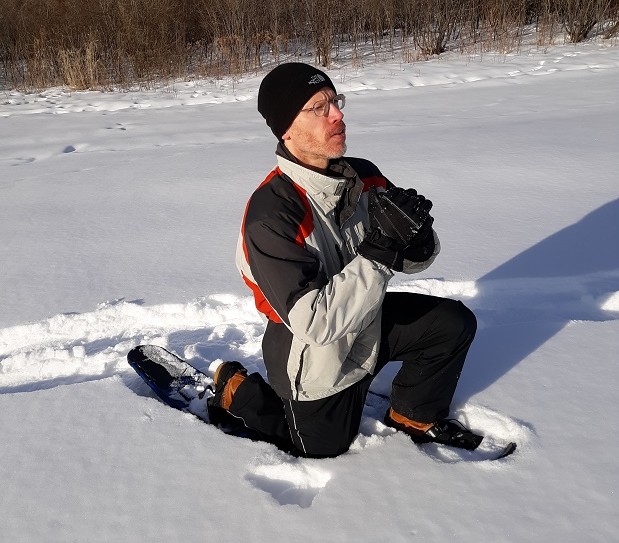
Lunges are one exercise you can do with your own body weight. You can complete lunges on snowshoes too! Photo: Scott Hotaling
Some of the links in this article may contain affiliate links. When you purchase using these links, part of the proceeds go to Snowshoe Mag. Additionally, as Amazon Associates, we earn from qualifying purchases. Please see our disclosure for more details.
Bridges
Bridges are a fantastic exercise to help activate your glutes(butt). The gluteus maximus, while being the largest muscle in the human body, is often one of the most underactive and underdeveloped. It’s an explosive hip extensor when sufficiently developed, and it aids in everything from hiking to jumping and balance.
- Lie on your back with your knees bent and your feet flat on the floor with your arms to your side, palms down.
- Using your glutes, extend your hips and raise yourself off the ground. Focus on squeezing and activating your butt to do the work and not your lower back.
- Raise yourself up until your torso, hips, and legs form a straight line.
- Hold for a few seconds, then lower yourself back down slowly.
You may feel this exercise in your lower back and/or hamstrings. This is common. Since the glutes are normally underdeveloped, your lower back and hamstrings do most of the work that your glutes should do. To fix this, focus on squeezing your glutes to “wake them up,” and don’t raise yourself up past a straight line. This takes practice. Keep developing that mind-muscle connection!
Read More: Back Exercises for Snowshoers: Back to Basics
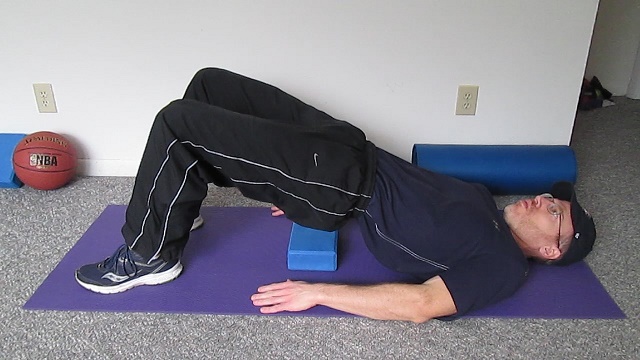
Brides are great for your glutes, and you may also feel this exercise in your hamstrings or lower back. You can use a pillow or yoga block if you need added assistance getting into the top position. Photo: Scott Hotaling
Backpack Squats
Squats are a staple of any leg workout. They’re a natural movement that develops overall leg strength and is one of the leg exercises without weight requirements.
- Stand with your feet shoulder-distance apart, with your toes pointed slightly outward.
- Hinge your hips, and imagine sitting down in a chair behind you as you lower yourself down.
- Keep your weight balanced on your feet and stay on a vertical path as you move down.
- Try to reach the point where your legs are at least parallel to the ground before raising yourself back up.
- Focus on keeping your knees just over your toes and not in front of them throughout the exercise.
If you want an extra challenge, you can try this with a weighted backpack to simulate carrying one on a long hike.
Most beginners have difficulty leaning far enough back and staying balanced when going down. This is because they feel they will tip over backward because they don’t have the leg strength to hold themselves up, or they won’t be able to get back up when they reach the bottom of the squat.
This feeling causes two problems. The first is knee pain because of their weight being forced in a forward direction right into their knee joint. The second is difficulty getting into the proper bottom position because of inadequate balance and strain on their knee.
To help, practice with a chair behind you so there’s no need to worry about falling. Sit down and raise yourself up from a seated position. Keep those knees just over your toes, and use the chair for sitting on whenever you need support. Focus on learning what your body feels like when it’s in a good, balanced position. If you have trouble raising yourself up from a seated position, grab a tall stool or place a few books on the chair to raise the seat height. You can do it!
Read More: 7 Exercises You Can Do to Support Your Snowshoeing
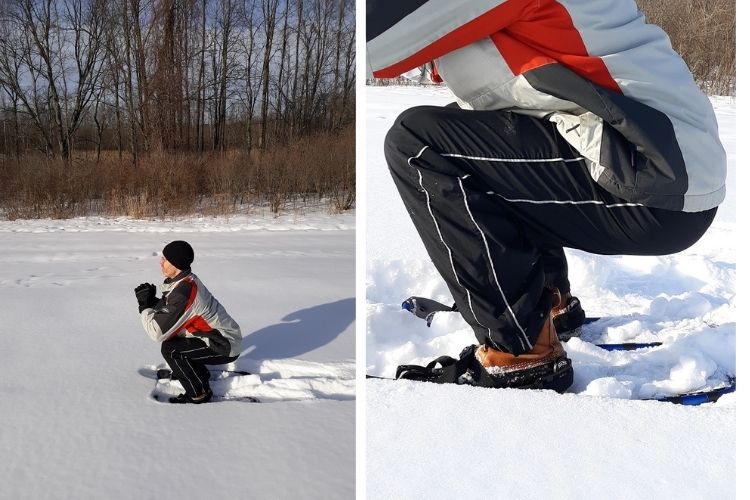
Left photo: If you have difficulty leaning back and staying balanced, you can practice with a chair behind you before heading out into the snow. Right photo: When completing a squat, focus on keeping your knees just above your toes. If you can, try to reach the point where your legs are at least parallel to the ground before raising yourself back up. Photos: Scott Hotaling
Lunges
Lunges are another natural hiking movement that can help improve your strength, balance, and coordination. These leg exercises can be done without weights while standing in place or stepping forward or backward.
- To perform a lunge standing in place, stand with your knees slightly bent with one foot in front of the other about 1-2 feet apart.
- Lower yourself down slowly until your back knee almost touches the ground. Then, raise yourself up.
- As with squats, keep your front knee just over your toes. Use your back leg for support.
- Position yourself so your back knee is in a straight line with your torso and hip. You can check this by allowing your back knee to touch the ground. Verify your knee, hip, and torso alignment, then go back up.
- To perform reverse lunges, stand up straight as you normally would.
- Extend one leg behind you and lower yourself down and back up as you did with the previous exercise. Finish by powering up into your normal standing position vs. finishing with your one leg still behind you.
- Front lunges are completed by stepping forward and not back while performing the same movement pattern.
- Since your weight moves forward during each step of a forward lunge, it’s important to keep an eye on your knee and not let your knee shift forward in front of your toes.
If you have trouble staying balanced during the exercise, use a chair or wall for support. Practice performing lunges standing in place with your own body weight and master the technique before trying reverse or forward lunges. Go at your own speed and let your knee touch the ground after every repetition for support if needed. Continue to check your knee to confirm it’s in the correct position, just over your toes.
Read More: The Snowshoer’s Guide to Staying Fit in the Off-Season
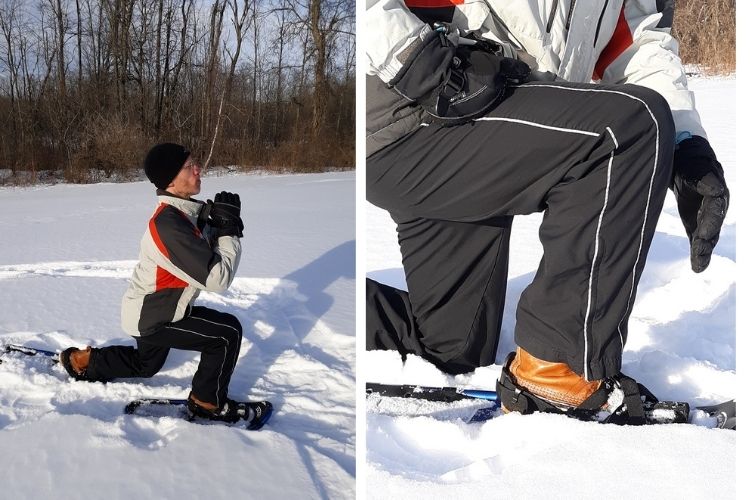
Left photo: in a lunge, lower yourself down slowly until your back knee almost touches the ground. Right photo: It’s important to keep an eye on your knee and not let your knee shift forward in front of your toes. Photos: Scott Hotaling
Start Your Leg Exercises
The key to any exercise plan is to stay consistent and practice. With continued effort, these exercises will help you improve your balance, coordination, and leg strength without using weights. Keep putting that time in!
As always, if you feel pain during any of these exercises, stop immediately. I hope you have a great time on the trails!
What about you? What are your favorite leg exercises that you can complete without weights? Please share your insights with us in the comments below.
This article was first published on February 18, 2021, and was most recently updated on April 6, 2023.
Read Next:
Don’t Forget to Stretch for Snowshoeing
Yoga in the Snow
Improve Your Ankle and Wrist Mobility for Snowshoeing
8 Bad Habits of Good Athletes


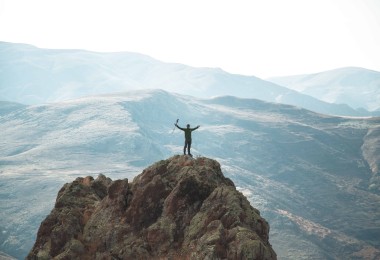
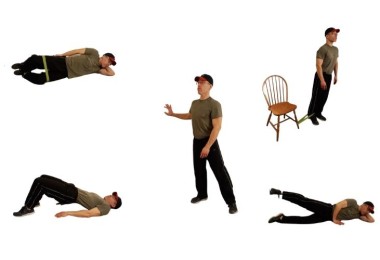
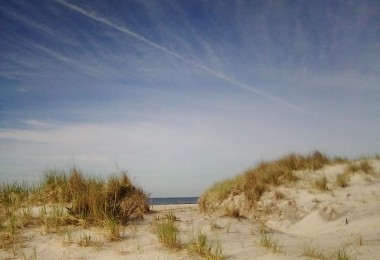
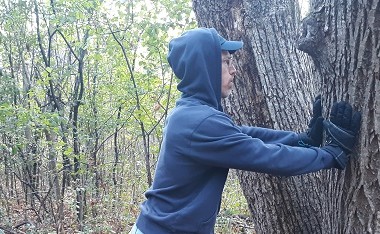

Great tips on strengthening the legs and lower body!! Love the pics too
Thanks, Amanda! We’re glad the tips were helpful and you enjoyed the photos 🙂 – Susan, SSM Editor